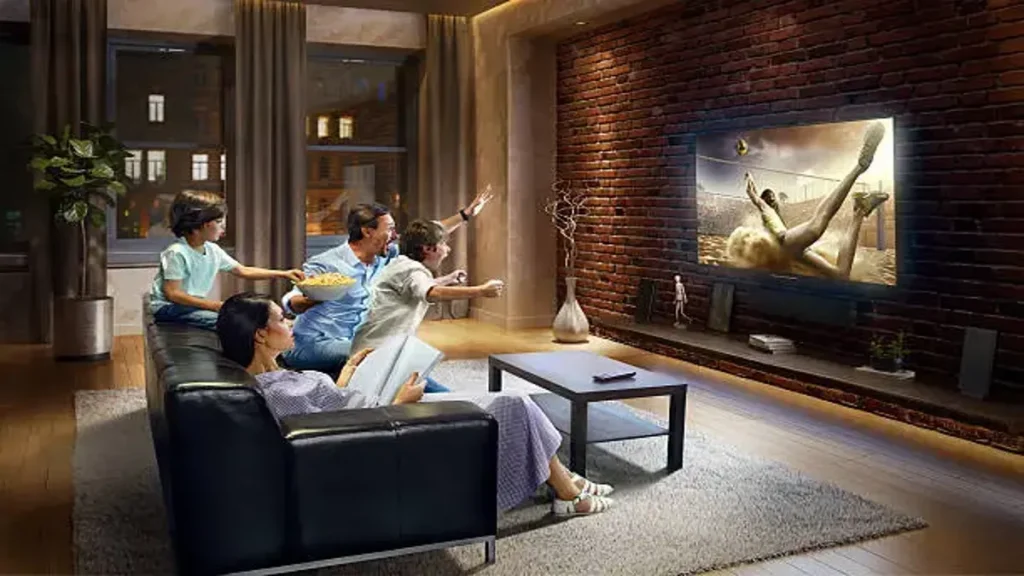The concept of a home theater goes far beyond screens and sound systems—it speaks directly to the psychology of human experience and how we perceive immersion. The design, layout, and integration of audio-visual components tap into our senses, influencing how we interpret narratives and feel emotions. Immersion is not accidental; it is the result of intentional choices that align with how our brains process sound, light, and atmosphere. We will explore the psychology of immersion in home theater installation by examining how different elements combine to create a transformative environment.
From acoustics to seating, each detail in home theater installation affects how the mind interprets what it sees and hears. When carefully implemented, these elements create more than entertainment; they generate experiences that transport people into cinematic worlds.
Psychological Factors That Shape Immersion
- The Role of Surround Sound and Auditory Perception
Sound is central to immersion because the human brain is highly sensitive to auditory cues. In a home theater, surround sound does more than fill a room with noise—it replicates the way people hear in real environments. When speakers are strategically placed, sound can move around the audience, creating a sense of direction, distance, and depth. A whisper coming from behind, or thunder rolling from above, activates the brain’s instinctive response to locate the source of the sound. This enhances realism, making a person feel as though they are within the story rather than observing from the outside.
Psychology shows that auditory immersion engages both the limbic system, which governs emotion, and the cognitive system, which processes detail. Together, they form a holistic sensory experience that intensifies mood and builds suspense. For this reason, sound calibration and speaker placement are not technical afterthoughts—they are vital for creating psychological engagement with content.
- Visual Engagement and the Power of Screen Design
The human brain processes visual information faster than any other type of sensory input, which makes the screen a critical component of immersion. The larger the screen, the greater the field of view it occupies, tricking the brain into perceiving that the action is happening in real space. A high-resolution display with proper brightness and contrast creates sharper images that align with the eye’s natural focus, reducing strain and increasing enjoyment.
However, visual immersion is not solely about technology; it also depends on how the lighting in the room is managed. Ambient light, glare, and reflection can pull viewers out of the experience, disrupting psychological flow. By controlling these variables through dimmable lighting, blackout curtains, or recessed fixtures, a room can maintain a comfortable and uninterrupted environment. The visual psychology of immersion emphasizes how subtle adjustments influence the brain’s ability to remain fully engaged, making screen design and lighting inseparable partners in creating cinematic authenticity.
- Seating Placement and the Psychology of Comfort
Immersion is not only about what people see and hear—it is also about how they physically feel. The psychology of comfort plays a powerful role in sustaining attention. Poor seating can distract from even the most advanced technology, while ergonomic and well-placed seating allows viewers to relax into the experience. Positioning is equally important: the distance from the screen should match its size to avoid distortion, while the angle should allow each seat to share a central focus point.
These arrangements mimic theater environments, where every seat is designed to maintain engagement. From a psychological standpoint, comfort reduces cognitive distractions. When the body feels supported and at ease, the mind can fully invest in the unfolding story. Seating, therefore, becomes part of the immersive design, not simply a piece of furniture. It transforms a room from a space of passive viewing into a zone of sustained emotional and cognitive involvement.
- Lighting and Mood Creation Through Environmental Design
Lighting has a direct impact on mood, and mood directly shapes immersion. Research in environmental psychology highlights how light intensity and color affect emotions. A warm, dim glow can produce relaxation, while cooler tones can increase focus and alertness. In a home theater, adjustable lighting systems allow viewers to shift moods depending on the type of content being played. For a suspenseful thriller, lowering lights increases anticipation, while subtle ambient lighting may be more appropriate for casual viewing.
Additionally, lighting placement prevents visual interference; hidden LED strips or recessed fixtures can enhance the atmosphere without distracting glare. The psychological benefit of lighting control lies in its ability to support narrative flow. Viewers subconsciously associate lighting changes with transitions in emotion, allowing them to remain connected with the story. Thus, environmental lighting becomes more than decoration—it serves as an emotional guide, reinforcing the immersive quality of the theater space.
The psychology of immersion in home theater installation reveals that design is more than technical—it is deeply psychological. By understanding how sound, visuals, seating, lighting, acoustics, personalization, and ritual influence the human mind, one can create environments that go beyond entertainment to evoke transformation. The result is not just a room filled with technology but an immersive space where the boundaries between reality and narrative dissolve. Immersion is achieved through harmony between environment and psychology, making home theaters a reflection of both innovation and human imagination.

